In the roofing business, there is a lot to be aware of. One thing that is especially important is telling the difference between a regular roof problem and an ice dam. That’s what this blog post will be all about. Next time you search for a roofing contractor in Lynchburg, think of us at BTB Roofing.
Let’s get right into it.
So What Exactly Is an Ice Dam?
An ice dam forms at the edge of a roof in the form of a ridge of ice. It prevents the water that comes from melting snow from draining off of the roof. When this happens, the water gets backed up behind the dam, often creating a leak or multiple leaks.
When this happens, homeowners can experience damage to their ceilings, insulation, walls, and even more areas. With this in mind, it’s important to take a look at your roof during the winter seasons or have a professional do quick inspections for you throughout the winter.
The Effects of Ice Dams
No one wants water leaking inside their home. When moisture enters your living space, there can be devastating consequences. The worst of these includes the growth of mildew and mold, which are both very dangerous for your health and can lead to respiratory problems.
You can prevent mildew and mold from growing by immediately reacting to the moisture and drying out the portions of your home that are affected. You will have to clean afterward in order to maintain optimal air quality.
Mildew and mold can also destroy your home. Mold will eat away at your carpet, drywall, wallpaper, ceiling tiles, wooden studs in walls, and more. When nothing is done about, it the damage can be great enough to even collapse your ceilings, knock down your walls, and cave in your floorboards. This of course will happen after a long period of time, but if it’s in parts of your home that you aren’t in often, like your basement, or the inside of walls that you can’t even see, it is a serious concern.
How Are Ice Dams Caused?
In short, ice dams are caused by nonuniform roof surface temperatures. Outside temperatures will interact with heat loss from your home and snow covers, forming the ice dams. In order to form, the factors leading up to it are snow on your roof, and the higher portions of the roof’s surface being above freezing while the lower points are below freezing. Over a sustained period of time, these are the average temperature differences that will cause the ice dams. Needless to say, this can only happen when outside temperatures are below freezing as well.
The snow that is above freezing will melt. Then the water that melts will flow down the roof reaching the part of the roof that is below freezing, where it will then freeze. This causes the ice dam. The way it grows is from the constant feed of melting snow above it. However, it does limit itself by the parts of the roof that are below freezing.
With that in mind, the extra water backs up behind the ice dam and isn’t able to freeze. This is the dangerous part because this water is able to find openings and cracks in the exterior roof covering which then reaches the attic space. As it gets into the attic space, it then is able to flow into the exterior walls as well as the ceiling insulation, staining the finish before going into other parts of the home.
Other Things to Be Aware Of
The two most common areas for ice dams are at your eaves or at the peak of a roof. Roofs vented by power vents with no ridge are less likely to get an ice dam at the peak, but sometimes it will still happen there. Ice dams often cause a stain in the ceiling, but on the extreme side, can force the OSB or plywood off of the rafters, break fascia board, and push up and damage a ridge vent. Some other common areas are at the windows where the ice dam pushes down the from eave.
Products like ice and water shield should be used when installing the roof but sometimes it’s impossible to stop damage from ice damming when it happens. Sometimes we inspect a home in the summer because the homeowners noticed some damage and they think that it’s new, however, it’s often old and the evidence is on the roof.
Preventing Ice Dams
As scary as ice dams are for the longevity of your home, thankfully there are ways to prevent it. First of all, you will need a roof that is installed by serious professionals who know what they are doing and use the right materials. Homes also need to not allow air leakage from the house into the attic space. Things like skylights, complex roof designs, heating ducts in the attic, and recessed lights are also known to increase the risk of ice dams forming.
The best thing that you can do is hire BTB Roofing to take a look at your roof before anything else is decided. A roof repair contractor may be needed. We have expert roofing contractors in Lynchburg. We are able to determine if damage to your home was from ice damming and help find a solution. You can contact us here.



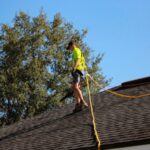
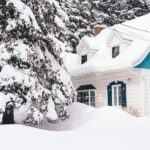
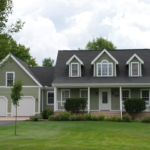
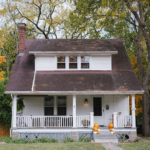
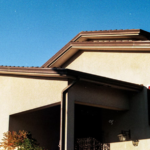
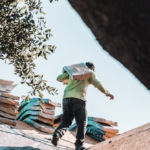

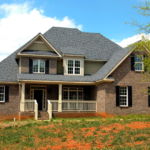

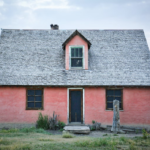
0 Comments